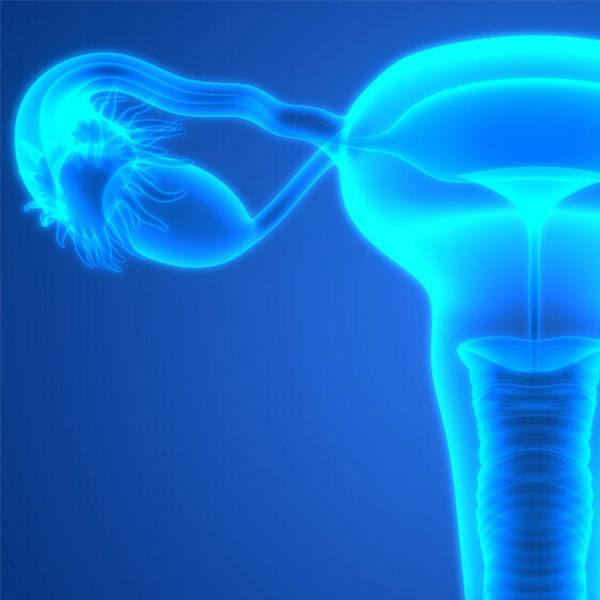-
Muscle Loss and Aging: Mayo Clinic Expert Discusses Strategies, Therapies to Restore Muscle Health
Notes that exercise remains the 'silver bullet' to maintain muscle mass in the aging
ROCHESTER, Minn. — The progressive loss of skeletal muscle during aging, known as sarcopenia, underlies limitations in physical function and mobility, which in turn lead to falls, loss of independence, institutionalization and even death. Mayo Clinic researcher Nathan LeBrasseur, Ph.D., of Mayo Clinic's Robert and Arlene Kogod Center on Aging and Department of Physical Medicine and Rehabilitation, presented an update on promising strategies and therapies to restore skeletal muscle health in the face of aging and disease during a symposium at the American Congress of Rehabilitation Medicine Annual Conference.
MULTIMEDIA ALERT: Video of Dr. LeBrasseur is available for download from the Mayo Clinic News Network.
What is the significance of muscle for overall health?
Dr. LeBrasseur: "We achieve peak muscle mass by our early 40s, and have a progressive deterioration from that point on, resulting in as much as a 50 percent loss by the time we are in our 80s or 90s. Most of us will lose approximately 30 percent over our lifetime. Muscle is a fundamental organ as we age, helping to maintain physical function, including the ability to walk, climb stairs, get out of a chair, or lift objects. These are things that determine our autonomy and independence as we age.
"Muscle is also critically important for metabolism in the context oftype 2 diabetes, because it is the primary site where we store sugars and a primary determinant of our metabolic rate. It is also able to improve our resiliency to various stressors as we age, both physical and psychological, and as a result, fends off frailty. Interestingly, we and others are increasingly looking at muscle as an endocrine organ, and examining how it interacts with other organs, such as the brain. Therefore, by maintaining muscle health as we age, we can have a better overall quality of life."
What types of therapies are available to mitigate muscle loss?
Dr. LeBrasseur: "We are looking at promising therapies, including inhibiting the protein myostatin for those who require therapeutic intervention. Muscles naturally produce myostatin and its role is to prevent the growth of and cause the degradation of muscle. By administering a myostatin blocker, we and other researchers have demonstrated robust increases in muscle mass in mice and other animals. Our goal is to find ways to combine pharmacological and behavioral strategies to enhance muscle health to improve musculoskeletal function and metabolism, and reduce frailty as people age."
What can people do to maintain muscle as they age?
Dr. LeBrasseur: "Sixty percent of people over the age of 65 are insufficiently active or overtly inactive. Sitting is the new smoking. Physical activity remains the single best way most people can limit muscle loss as they age. Exercise may conjure images of young people in the gym, but what I'm recommending is that individuals remain physically active, including walking, gardening, and performing daily household tasks."
Dr. LeBrasseur directs the Muscle Performance and Physical Function Laboratory and the Healthy Aging and Independent Living Initiative at Mayo Clinic. To arrange an interview with him, please contact Bryan Anderson in Mayo Clinic Public Affairs at 507-284-5005 or newsbureau@mayo.edu.
###
About Mayo Clinic
Mayo Clinic is a nonprofit worldwide leader in medical care, research and education for people from all walks of life. For more information, visit MayoClinic.com or MayoClinic.org/news.
Journalists can become a member of the Mayo Clinic News Network for the latest health, science and research news and access to video, audio, text and graphic elements that can be downloaded or embedded.
Media Contact: Bryan Anderson, 507-284-5005 (days), newsbureau@mayo.edu







